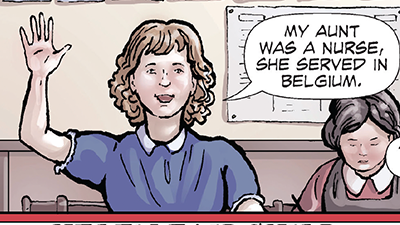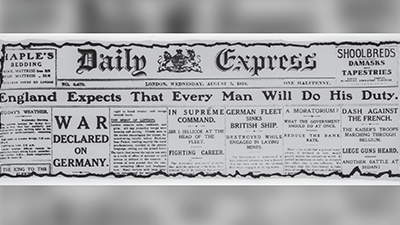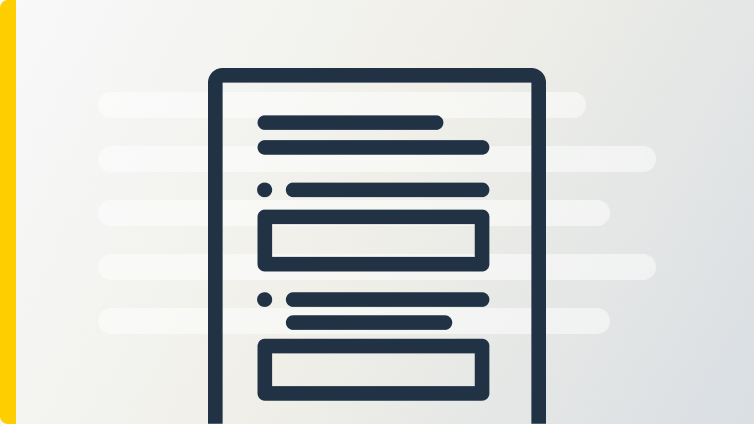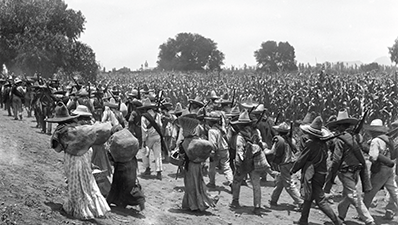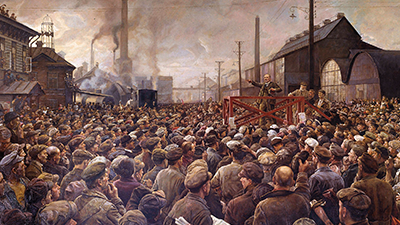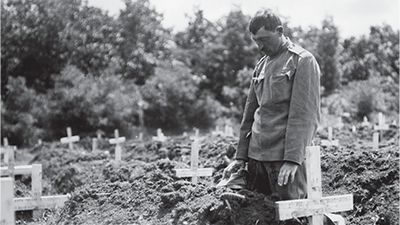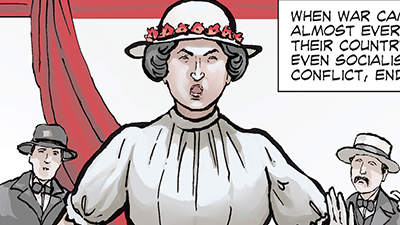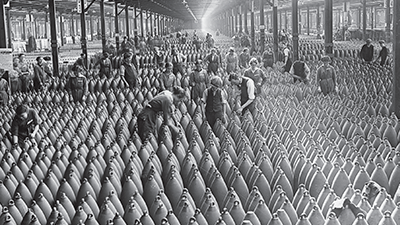Update ahead! This course will be updated soon. See what's changing.
Reverberations
Driving Question: How were people impacted by the First World War?
We often take a birds-eye-view of the First World War. It was so devastating, and on such an enormous scale, that viewing it from afar can help us make sense of the devastation. But it’s important to also keep the humanity of the war in view. Up close, the personal experiences of the war varied widely depending on who and where you were. This lesson looks into the disillusionment so many felt when the Enlightenment ideals they had been taught collided with the realities of trench warfare. An examination of the Armenian Genocide and the Mexican and Russian Revolutions will prepare you for the battles of ideology and new horrors on the horizon.
- Understand how the First World War impacted people in different ways.
- Learn about the causes and consequences of historical events that occurred during World War I such as the Armenian Genocide, Mexican Revolution, and Russian Revolution.
- Use the historical thinking process of comparison to evaluate the Mexican and Russian revolutions.
- Use graphic biographies as microhistories to support, extend, or challenge the overarching narratives of this period.
-
Guiding Questions
-
Note: For more detailed directions on completing the three close reads below, refer to the Three Close Reads for Graphic Bios – Introduction activity.
Observe
Skim the full comic, paying attention to things like prominent colors, shapes, and types of text and fonts. How do you know where to start and which direction to read? What’s in the gutters (the space between panels)? Who is the focus of the comic? What big questions do you have?
Understand
- Why did Nelle Rote’s classmate tell her that her aunt’s service in WWI didn’t count?
- What did Helen Fairchild do in the war?
- How did Helen Fairchild die?
- How is Fairchild honored today in both France and the United States?
- Look at the arrangement of the four main panels in the center of the article. Now look at the “gutters”—the space between them. What shape does it make? Why do you think the artist chose that design?
Connect
- How does this biography of Helen Fairchild support, extend, or challenge what you have learned about how people thought and felt about the First World War?
-
Guiding Questions
-
Note: For more detailed directions on completing the three close reads below, refer to the Three Close Reads – Introduction activity.
Skim
Before you read, you should quickly skim the article, by looking at the headings of each section and the charts. Read the questions below as well, so you know what to look for when you read!
Key Ideas
- What are the four characteristics of total war?
- How was World War I different from previous wars?
- How did the war cause the spread of disease?
- The nineteenth and early twentieth centuries saw attempts, such as the Hague Conventions, to put restrictions on warfare. What were some ways that these rules were violated in the First World War?
- Other than wartime casualties, what were some ways that non-European societies were affected by the war?
Evaluate
- Why is “total control of society” an element of total war? What does that mean? Who did the controlling and who was controlled?
Work on your comparison skills by pulling out similarities and differences in articles “The Mexican Revolution” and “The Power of One: The Russian Revolution” to help you complete the Comparison Tool.
Armenian Genocide
Key Ideas
-
Guiding Questions
-
Before you watch
Before you watch the video, it’s a good idea to open and skim the video transcript. And always read the questions below so you know what to look and listen for as you watch!
While you watch
- How does this video define genocide?
- What were millets?
- Why did the Ottoman rulers begin to view Armenians as a threat?
- Why did tension between Armenians and the state increase with the establishment of the new Young Turk government?
- How did the international community respond to the genocide?
After you watch
- To what extent did World War I cause the Armenian Genocide? What evidence would you need to answer this question?
-
Guiding Questions
-
Note: For more detailed directions on completing the three close reads below, refer to the Three Close Reads – Introduction activity.
Skim
Before you read, you should quickly skim the article, by looking at the headings of each section and the charts. Read the questions below as well, so you know what to look for when you read!
Key Ideas
- Why were people enthusiastic about the war when it first began?
- How did nation-states and their rulers try to convince people, in particular young men, to join the war effort?
- What is disillusionment and why did people begin feeling disillusioned by the war?
- The author explains how these feelings of disillusionment weren’t confined to just soldiers’ thoughts about the war. Why did civilians also experience disillusionment?
- What is the double meaning of the term the “Lost Generation”?
- How was disillusionment represented in post-war art, literature, and philosophy?
- How was disillusionment experienced in European colonies in Asia and Africa?
- How did different regions of the world respond to the end of the “Great War”?
Evaluate
- This article argues that the experience of the war changed how many people understood the Enlightenment values and the idea of industrialization as progress. How do World War I and the Lost Generation challenge the frame narratives you’ve learned thus far in the course?
-
Guiding Questions
-
Note: For more detailed directions on completing the three close reads below, refer to the Three Close Reads for Graphic Bios – Introduction activity.
Observe
Skim the full comic, paying attention to things like prominent colors, shapes, and types of text and fonts. How do you know where to start and which direction to read? What’s in the gutters (the space between panels)? Who is the focus of the comic? What big questions do you have?
Understand
- Where was Dr. Rosa Luxemburg born, and what was her social position, at first?
- What did Luxemburg achieve in her life?
- How did Luxemburg feel about the war? What does the quote used in this biography tell us about her feelings?
- How does the artist represent Luxemburg’s feelings about the war?
- Look at the design of the of central panel. What shape does it make? Why do you think the artist chose that design?
Connect
- Compare and contrast Rosa Luxemburg’s opposition to the war to Helen Fairchild’s decision to volunteer. With whose decision are you more sympathetic? Why?
-
Guiding Questions
-
Note: For more detailed directions on completing the three close reads below, refer to the Three Close Reads – Introduction activity.
Skim
Before you read, you should quickly skim the article, by looking at the headings of each section and the charts. Read the questions below as well, so you know what to look for when you read!
Key Ideas
- What are some economic arguments made against the war?
- What is one reason that capitalists might have wanted a war?
- This war cost more than any war in history. What measures did governments take to help cover the cost of the war?
- Who was the economic “winner” of the war and why?
- What countries suffered as a result of the war?
Evaluate
- Capitalism and industrialization weren’t new in 1914, but they are often touted as some of the causes of the First World War. Why do you think it took almost 150 years from the start of the Industrial Revolution for there to be this kind of war?

